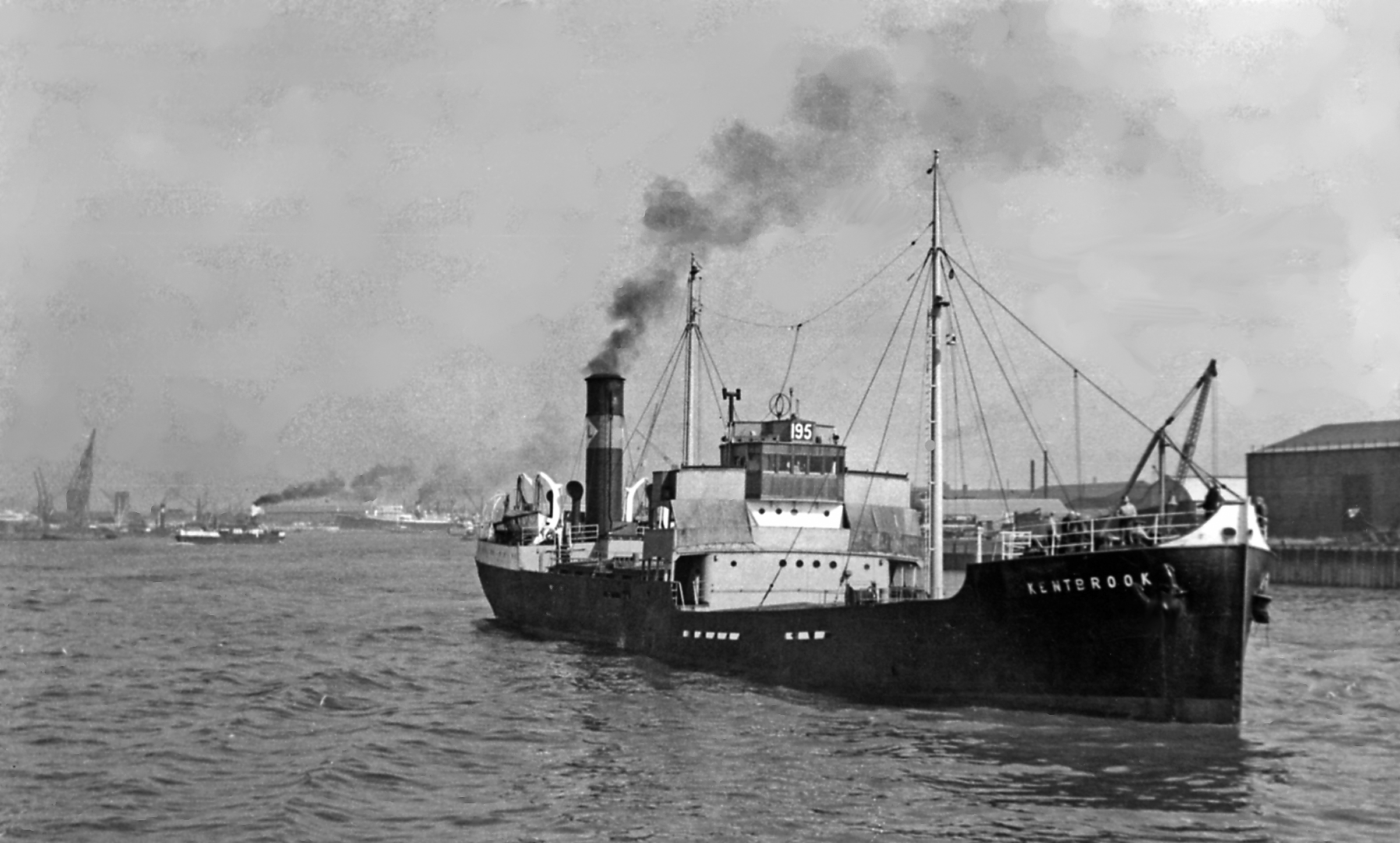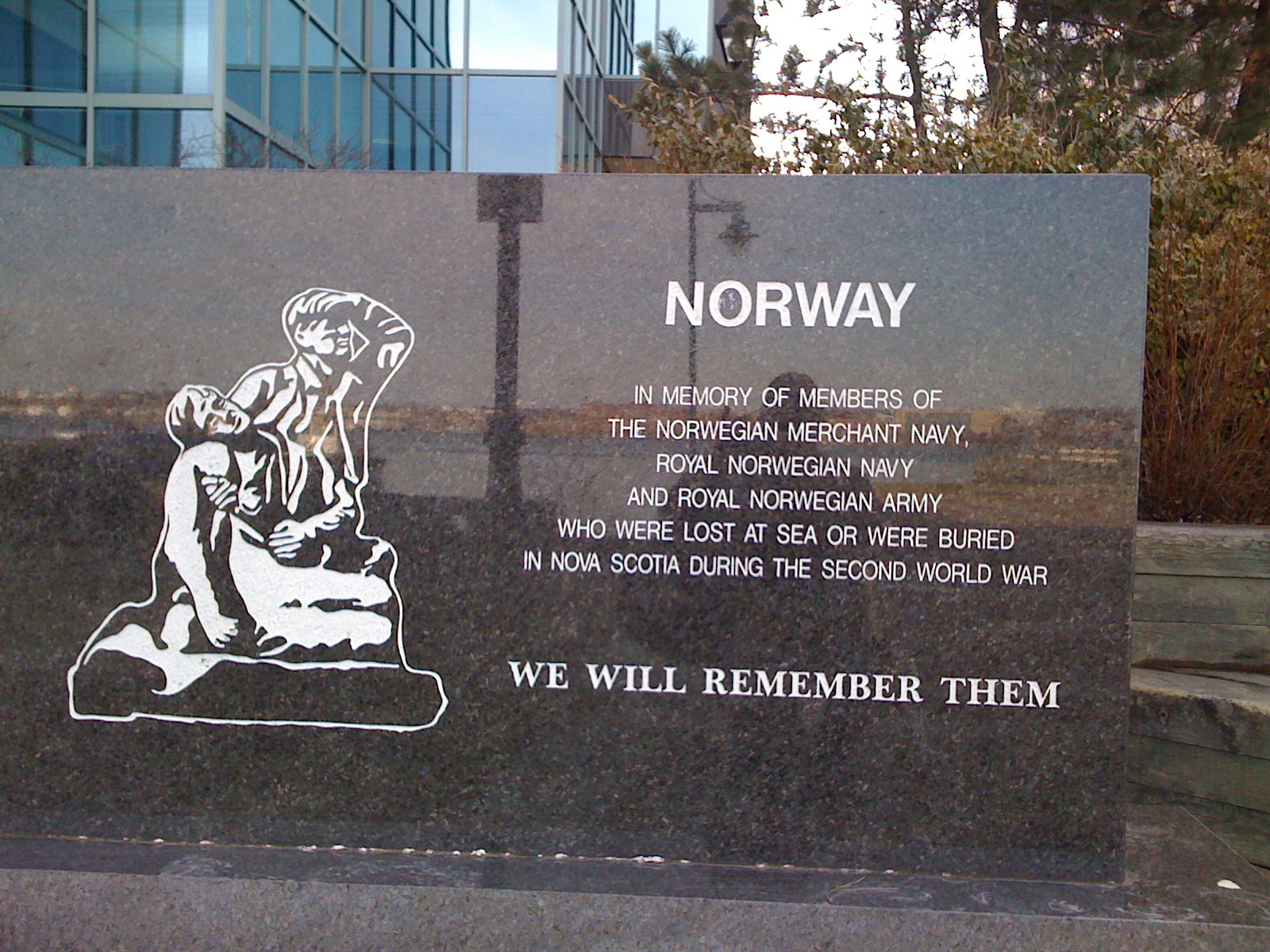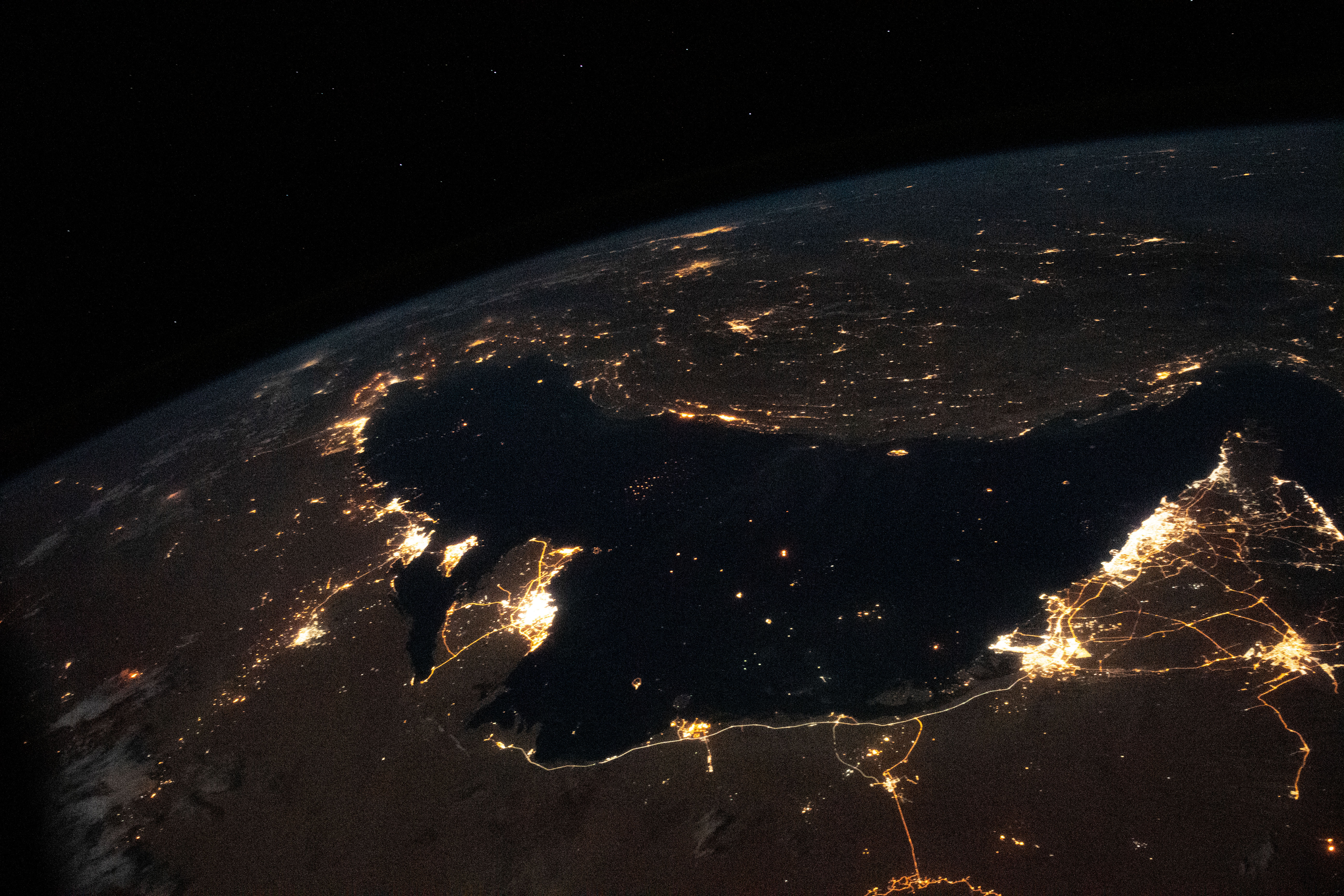|
Operation Rubble
Operation Rubble in January 1941, was a British blockade running operation during the Second World War, in which five Norwegian merchant ships escaped from neutral Sweden to Britain through a Nazi German blockade of the Skagerrak, carrying valuable cargoes of specialised steel products. Background The German invasion of Denmark and Norway, Operation Weserübung, in April 1940, effectively closed the Baltic Sea to shipping and denied the British access to Swedish iron and steel products. Even before the war, some 20% of roller and ball bearings used by British industry were imported from Sweden, together with high-quality tubing and other specialised products which were not available elsewhere. The most desperately needed resource was roller bearings for a strip mill which was nearing completion at Ebbw Vale. An additional factor was that the United Kingdom had negotiated the Anglo-Swedish War Trade Agreement in October 1939, which limited Swedish exports to their 1938 level ... [...More Info...] [...Related Items...] OR: [Wikipedia] [Google] [Baidu] |
British Iron And Steel Federation
The British Iron and Steel Federation (BISF), formed in 1934, was an organisation of British iron and steel producers responsible for the national planning of steel production. Its creation was imposed on the industry by Ramsay MacDonald's National Government as a precondition to the establishment of steel import tariffs. It was a successor to the National Federation of Iron and Steel Manufacturers, formed in 1918. Sir William James Larke was the first director of the federation.Stephan Kallee''Sir William James Larke - First director of the British Iron and Steel Federation and first president of the British Welding Research Association.''/ref> It continued to exist until 1967 when the industry was nationalised as British Steel Corporation during Harold Wilson's second term in government. See also * BISF house References External linksA History of UK Steel Industry Associations [...More Info...] [...Related Items...] OR: [Wikipedia] [Google] [Baidu] |
Kristiansand
Kristiansand is a seaside resort city and Municipalities of Norway, municipality in Agder county, Norway. The city is the fifth-largest and the municipality the sixth-largest in Norway, with a population of around 112,000 as of January 2020, following the incorporation of the municipalities of Søgne and Songdalen into the greater Kristiansand municipality. In addition to the city itself, Statistics Norway counts four other densely populated areas in the municipality: Skålevik in Flekkerøy with a population of 3,526 in the Vågsbygd borough, Strai with a population of 1,636 in the Grim borough, Justvik with a population of 1,803 in the Lund borough, and Tveit with a population of 1,396 () in the Oddernes borough. Kristiansand is divided into five boroughs: Grim, Vest-Agder, Grim, which is located northwest in Kristiansand with a population of 15,000; Kvadraturen (Kristiansand), Kvadraturen, which is the centre and downtown Kristiansand with a population of 5,200; Lund, Kristia ... [...More Info...] [...Related Items...] OR: [Wikipedia] [Google] [Baidu] |
Gothenburg
Gothenburg (; abbreviated Gbg; sv, Göteborg ) is the second-largest city in Sweden, fifth-largest in the Nordic countries, and capital of the Västra Götaland County. It is situated by the Kattegat, on the west coast of Sweden, and has a population of approximately 590,000 in the city proper and about 1.1 million inhabitants in the metropolitan area. Gothenburg was founded as a heavily fortified, primarily Dutch, trading colony, by royal charter in 1621 by King Gustavus Adolphus. In addition to the generous privileges (e.g. tax relaxation) given to his Dutch allies from the ongoing Thirty Years' War, the king also attracted significant numbers of his German and Scottish allies to populate his only town on the western coast. At a key strategic location at the mouth of the Göta älv, where Scandinavia's largest drainage basin enters the sea, the Port of Gothenburg is now the largest port in the Nordic countries. Gothenburg is home to many students, as the city incl ... [...More Info...] [...Related Items...] OR: [Wikipedia] [Google] [Baidu] |
Tramp Steamer
A boat or ship engaged in the tramp trade is one which does not have a fixed schedule, itinerary nor published ports of call, and trades on the spot market as opposed to freight liners. A steamship engaged in the tramp trade is sometimes called a tramp steamer; similar terms, such as tramp freighter and tramper, are also used. Chartering is done chiefly on London, New York, and Singapore shipbroking exchanges. The Baltic Exchange serves as a type of stock market index for the trade. The term tramper is derived from the British meaning of "tramp," as being an itinerant beggar or vagrant. In this context, it was first documented in the 1880s, along with "ocean tramp" (at the time many sailing vessels engaged in irregular trade as well). History The tramp trade first took off in Britain around the mid-19th century. The dependability and timeliness of steam ships was found to be more cost-effective than sail. Coal was needed for ships' boilers, and the demand created a bu ... [...More Info...] [...Related Items...] OR: [Wikipedia] [Google] [Baidu] |
Naval Mine
A naval mine is a self-contained explosive device placed in water to damage or destroy surface ships or submarines. Unlike depth charges, mines are deposited and left to wait until they are triggered by the approach of, or contact with, any vessel or a particular vessel type, akin to anti-infantry vs. anti-vehicle mines. Naval mines can be used offensively, to hamper enemy shipping movements or lock vessels into a harbour; or defensively, to protect friendly vessels and create "safe" zones. Mines allow the minelaying force commander to concentrate warships or defensive assets in mine-free areas giving the adversary three choices: undertake an expensive and time-consuming minesweeping effort, accept the casualties of challenging the minefield, or use the unmined waters where the greatest concentration of enemy firepower will be encountered. Although international law requires signatory nations to declare mined areas, precise locations remain secret; and non-complying individuals ... [...More Info...] [...Related Items...] OR: [Wikipedia] [Google] [Baidu] |
Nortraship
The Norwegian Shipping and Trade Mission (Nortraship) was established in London in April 1940 to administer the Norwegian merchant fleet outside German-controlled areas. Nortraship operated some 1,000 vessels and was the largest shipping company in the world. It made a major contribution to the Allied war effort. The British politician Philip Noel-Baker, Baron Noel-Baker, commented after the war, "The first great defeat for Hitler was the battle of Britain. It was a turning point in history. If we had not had the Norwegian fleet of tankers on our side, we should not have had the aviation spirit to put our Hawker Hurricanes and our Spitfires into the sky. Without the Norwegian merchant fleet, Britain and the allies would have lost the war". Nortraship had its main offices in London and New York City and was active during World War II. Nortraship was vital to Norway and the exile government as it lacked other means to support the Allied fight against the Axis powers. The organis ... [...More Info...] [...Related Items...] OR: [Wikipedia] [Google] [Baidu] |
Haakon VII Of Norway
Haakon VII (; born Prince Carl of Denmark; 3 August 187221 September 1957) was the King of Norway from November 1905 until his death in September 1957. Originally a Danish prince, he was born in Copenhagen as the son of the future Frederick VIII of Denmark and Louise of Sweden. Prince Carl was educated at the Royal Danish Naval Academy and served in the Royal Danish Navy. After the 1905 dissolution of the union between Sweden and Norway, Prince Carl was offered the Norwegian crown. Following a November plebiscite, he accepted the offer and was formally elected King of Norway by the Storting. He took the Old Norse name ''Haakon'' and ascended to the throne as Haakon VII, becoming the first independent Norwegian monarch since 1387. As king, Haakon gained much sympathy from the Norwegian people. Although the Constitution of Norway vests the King with considerable executive powers, in practice Haakon confined himself to non-partisan roles without interfering in politics, a practi ... [...More Info...] [...Related Items...] OR: [Wikipedia] [Google] [Baidu] |
Vorpostenboot Vokter D-S "Wuri" I Skagerrak (1942) (27479778312)
''Vorpostenboot'' (plural ''Vorpostenboote''), also referred to as VP-Boats, flakships or outpost boats, were German patrol boats which served during both World Wars. They were used around coastal areas and in coastal operations, and were tasked with – among other things – coastal patrol, ship escort, and naval combat. Characteristics Armament ''Vorpostenboote'' typically carried one or two medium-calibre guns (e.g. 88 mm), many light automatic anti-aircraft guns (20–40 mm), and a varying number of machine guns. For anti-submarine warfare they were also fitted with depth charges. They were crewed by sixty to seventy men, most of whom were weapons personnel taken from the naval reserve. While ''Vorpostenboote'' were able to engage and defeat light naval forces – such as small motor gun boats – they were not powerful enough to effectively combat destroyers or larger warships. Some ''Vorpostenboote'' (and submarine chasers) were given heavier AA guns and re-rated ... [...More Info...] [...Related Items...] OR: [Wikipedia] [Google] [Baidu] |
Persian Gulf
The Persian Gulf ( fa, خلیج فارس, translit=xalij-e fârs, lit=Gulf of Fars, ), sometimes called the ( ar, اَلْخَلِيْجُ ٱلْعَرَبِيُّ, Al-Khalīj al-ˁArabī), is a mediterranean sea in Western Asia. The body of water is an extension of the Indian Ocean located between Iran and the Arabian Peninsula.United Nations Group of Experts on Geographical NameWorking Paper No. 61, 23rd Session, Vienna, 28 March – 4 April 2006. accessed October 9, 2010 It is connected to the Gulf of Oman in the east by the Strait of Hormuz. The Shatt al-Arab river delta forms the northwest shoreline. The Persian Gulf has many fishing grounds, extensive reefs (mostly rocky, but also coral), and abundant pearl oysters, however its ecology has been damaged by industrialization and oil spills. The Persian Gulf is in the Persian Gulf Basin, which is of Cenozoic origin and related to the subduction of the Arabian Plate under the Zagros Mountains. The current floo ... [...More Info...] [...Related Items...] OR: [Wikipedia] [Google] [Baidu] |
.jpg)




.jpg)

